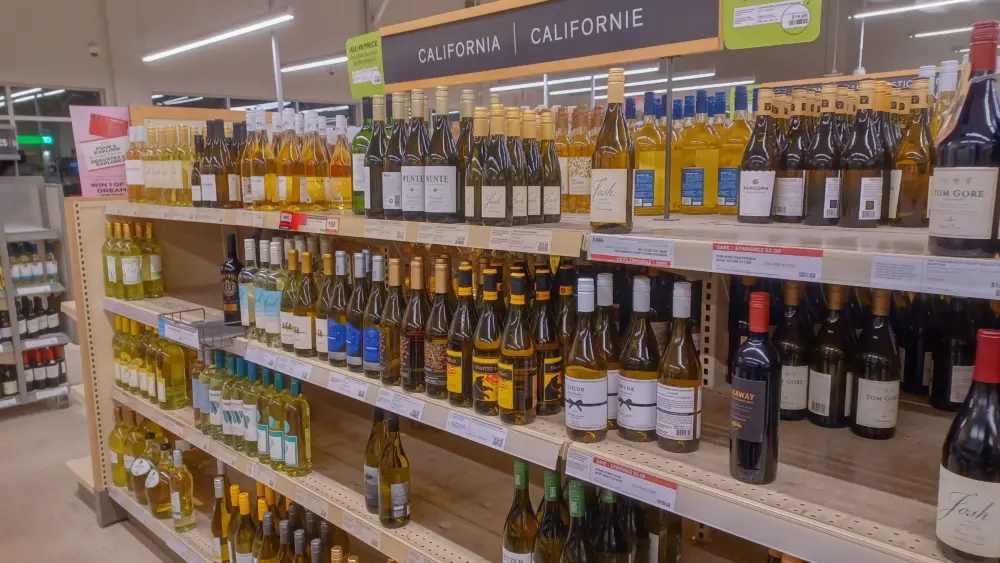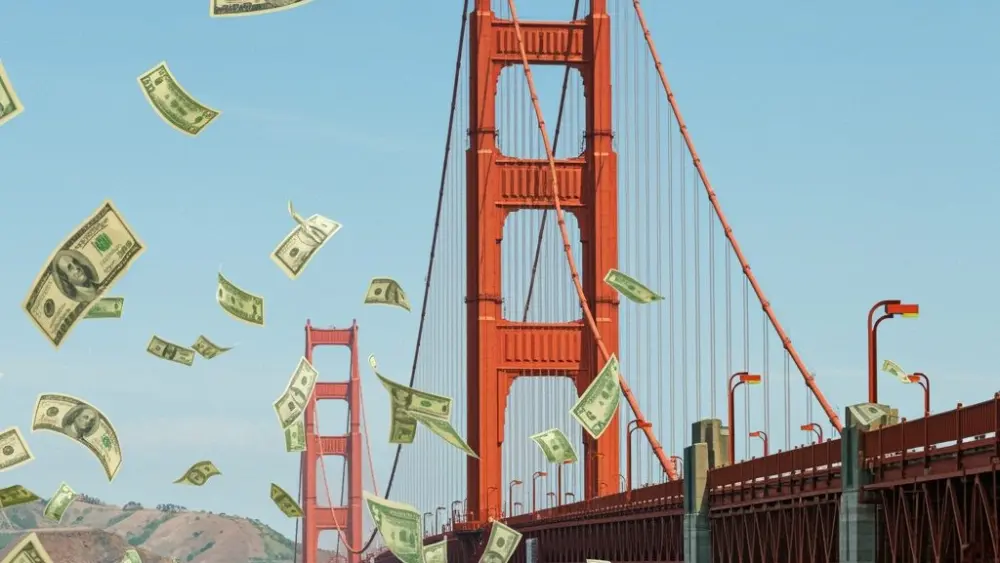
As we sit on crowded roads throughout the North Bay during summers, the scenes are now familiar. Starting with any given Thursday’s commute from the Golden Gate Bridge to the “Novato Narrows,” the number of cars rises more than other commute days, with some travelers going toward Napa County on Highway 37 and some to Sonoma County and beyond.
I have sat in my vehicle many times wondering: (1) Why am I sitting in this traffic? And (2), why is there not a local-resident lane?
Fridays and Saturdays are similar, and then Sunday an out-bound commute begins around noon moving back south. As North Bay residents, we have a love-hate relationship with these patterns because they indicate more cars, people and hassles.
Tourism is an export, drawing income from outside a local area. For our local businesses, these visitors are a lifeline to more revenue and really subsidize a large amount of what keeps some of our favorite businesses in business. The economics of tourism for global destinations come with costs but provide many businesses and amenities that would not be in our area but for the additional customers. Consequently, there are pressures on labor markets, housing markets and traffic.
Marin County likely has the most potential for growth. Marin County has Point Reyes National Seashore (PRNS) as a perennial magnet for hikers and naturists, drawing 3 million visitors or more annually. Cities like San Rafael and Novato have millions of people drive through toward points north, east and west of Marin—all potential new customers.
Sonoma County has cities such as Healdsburg, Petaluma and the town of Sonoma (I still call it the “town”) that have become places where people go to access wineries, amazing restaurants or coastal areas. Graton Casino has become a destination and helped Rohnert Park transform into one of the more dynamic cities in Sonoma County in terms of housing expansion and job growth. While downtown Santa Rosa remains a tourism conundrum, some potential also exists for Sonoma County’s hub city.
It is in Napa County where the balance of visitors and the augmentation of the local economy has been most amazing. In 2006, the City of Napa shifted its economic-development focus to more high-end restaurants and retail, trying to appeal to a regional audience (primarily from core Bay Area counties with millions of people and billions in disposable income) as a foundation visitor market. Utilizing the “Napa” brand due to wineries throughout the county, a tilt toward visitors and wine-related businesses paid off—the city of Napa has become a gateway to world-class wine and food options. American Canyon is also rising as a community.
Most residential vitriol concerning visitors is about housing. Housing prices in Napa have rewarded those that were long-term residents and own housing; median prices in Napa County—accelerated by up-valley towns such as Yountville, St. Helena and Calistoga—are now over $100,000 more than Sonoma County at the median. Between 2000 and 2008, median prices in the two counties were relatively similar. Visitors became marketing targets for local real-estate professionals and prices continue to rise.
Rising housing prices means affordability may be another concern for the region and exacerbates debate over how many units to build and what type of housing. Services jobs tend to have some seasonality and pay relatively lower wages than other jobs across the North Bay.
There are also sales and hotel taxes and some property tax increases due to visitors from around the world. Visitors support many businesses, especially when they stay overnight and add more time here and more spending. Dean Runyan Associates, a consultant that provides travel estimates for California, estimated the North Bay counties generated $1.65 billion in taxable sales from visitors in 2022, approximately 8% of all taxable sales—and sales tax revenues to support over 700 police officers regionally.
North Bay residents need to keep these gains in mind, even when sitting in traffic. Without those visitors, your local restaurant may not be there.



